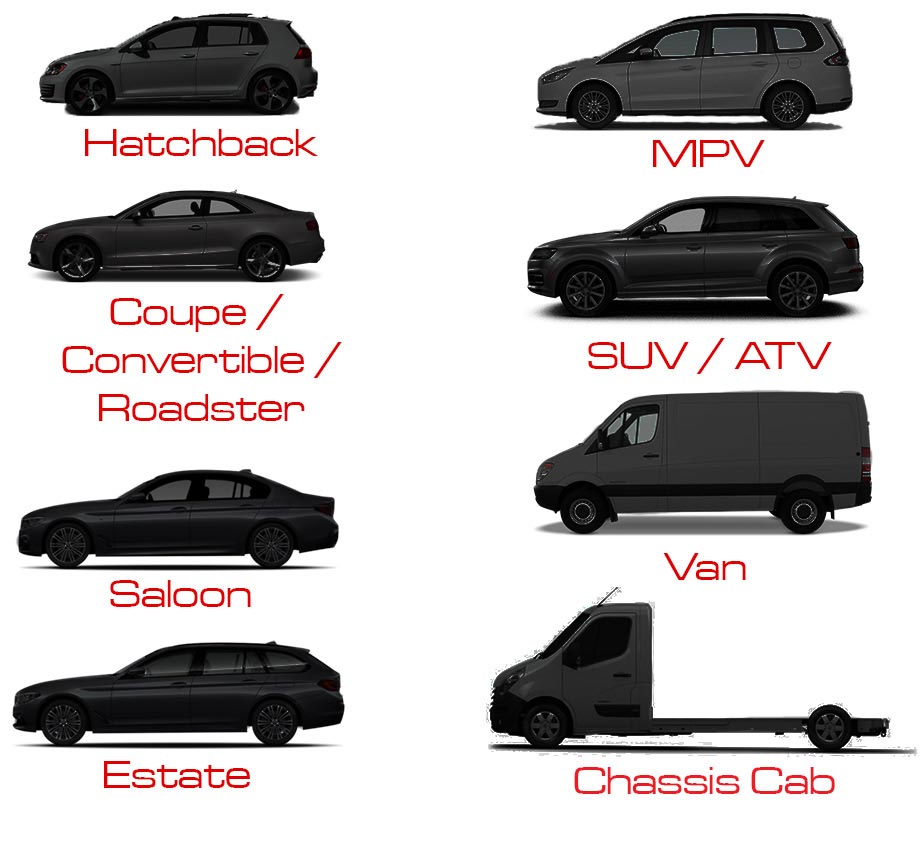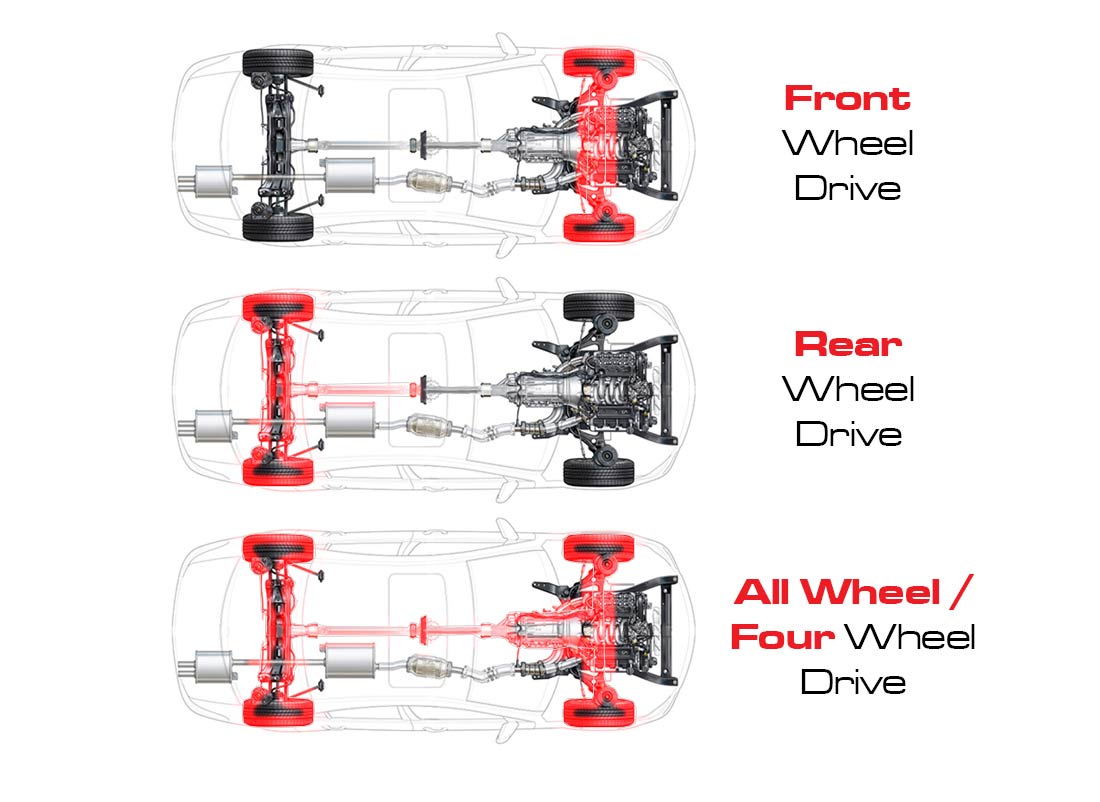Enter Your Number Plate:
OR SELECT YOUR VEHICLE:
X



Current Registration System
The two numbers in the middle of the registration state the year:
The first number will be a 1/5/6.
If it is a 1, it is registered between March and September: If it is a 5/6, the vehicle is registered after September and before March.
The second number states the year:
For example KC63 KFF was registered between Sept 2013 and March 2014.
The first number will be a 1/5/6.
If it is a 1, it is registered between March and September: If it is a 5/6, the vehicle is registered after September and before March.
The second number states the year:
For example KC63 KFF was registered between Sept 2013 and March 2014.

Prefix Registration System
Vehicles registered pre 2001 are subject to a prefix and suffix system. The most common is
prefix.
The first letter represents the year the car was registered.
For example, M673 SWP was registered in 1994.
To find which year your car was registered, enter your registration into the DVLA vehicle check
For example, M673 SWP was registered in 1994.
To find which year your car was registered, enter your registration into the DVLA vehicle check
X
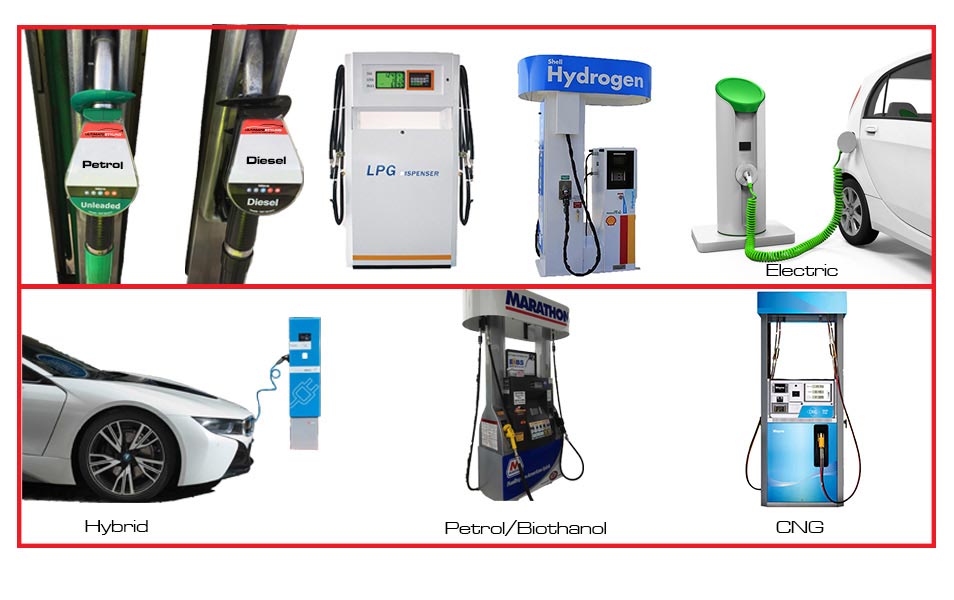

If you don’t know which fuel type your vehicle is, refer to your logbook or simply check
the filler cap.
X
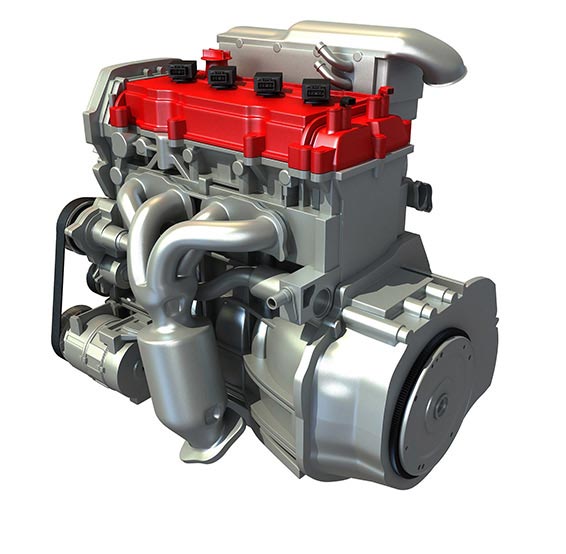

Your engine size can often be refered to as litres (l) or cubic centimeters (cc). Refer to
your vehicle logbook to check or enter your registration into the DVLA Vehicle Check
website.
X
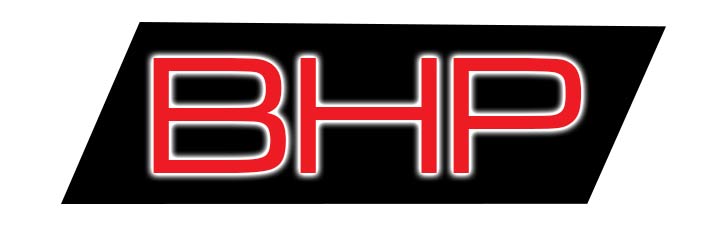

The power output of your vehicle is measured in BHP.
To find out your BHP, please check your vehicle handbook.
To find out your BHP, please check your vehicle handbook.
Which brake pads for my car?
Which brake pads should i buy?
Which brake pads should i buy? Which brake pads fit my car? The Ultimate Styling guide will show you which brake pads to buy to ensure they safely fit your vehicle.
What You Need To Know About Brake Pads
Brake pads work with the brake disc, they are squeezed together by callipers when the brakes are applied. Brake pads wear at a similar rate to brake discs. We would recommend ensuring the maintenance of brakes and if brake pad replacement is required please visit a local garage or a dealership. Brake pads are supplied in sets, these will usually come in sets of 4 pads per set (please refer to the product specification). The pads will be to the OEM standards, meaning they will be to the specification of the original manufacturer and parts.
In the item description it will state whether the pads come with or without the rubber shims. Rubber shims will usually be supplied in addition to the pads, these should be fitted between the brake calliper and the pads. In fitting this it will reduce brake squeal, a noise common with worn/wearing brake pads.
When and how should I change my brake pads?
Monitor the sound of the pads when the brakes are applied as well as the dashboard warning lights. Front brake pads wear quicker than the rear. We would recommend professional advice and fitting of the parts to ensure your safety when driving the vehicle.
We provide a large variety of vehicle brake pads, please refer to the websites ‘find your vehicle’ which will narrow down the options for you. If you have any further queries please contact a member of our team. We do not offer a fitting service for our products.
Brake Pads Buying Guide
Here is an explanation of the terms used to help you choose the correct Brake Pads for your vehicle
Brake Pads Brake Pads are supplied in axle sets: generally 4 pads per set.
OEM System The manufacturer who originally supplied the Braking system for the vehicle.
Rubber Shims The majority of Brake Pads are supplied with Rubber Shims that should be fitted as standard between the brake caliper & the pad to reduce brake squeal.
Wear Lead A wear lead connected the brake pad to indicate when pads are ready for changing, by means of a waring light on the dashboard.
Wear Clip A clip fitted to the pad that screeches against the brake disc when the pads are worn down to a level where they need replacing.
Rear Clip Clips fitted to the rear of the pad which fit into the piston within the brake caliper, to hold the pad in place.
Top Clip A clip at the top of the pad used to locate & secure the pad into place.
ABS Anti-lock Braking System.
283mm Discs To fit vehicle with brake discs measuring 283mm in diameter.
(->ch.12335) To suit vehicles with a chassis number up to 12345.
(ch.12345->) To suit vehicles with a chassis number greater than 12345.
(Eng.CJCA) To suit vehicles with engine type CJCA.
Frequently Asked Questions
How to change brake pads?
Brake pads should be maintained to a high standard. They can be accessed by knowledgeable amateurs however we recommend professional fitting to ensure the safety of the vehicle’s braking system is not compromised.
How much are brake pads?
We can give you access to a large range of competitively priced brake pads to suit a variety of makes and models. Due to this variety we are unable to give a specific cost without knowing which vehicle your require the parts for.
How to fit brake pads?
Fitting new brake pads can be a straightforward procedure however we recommend that professional advice is sought to ensure the safety of the vehicle is maintained.
Which brake pads do I need?
We can help you find the correct brake pads from the make and model details of your vehicle. Please provide your vehicle registration number and we will be happy to help.
How to replace rear brake pads?
We do not offer a fitting service. We recommend that all braking components be fitted by a trained mechanic.
What additional feature specifications are there?
Some of the pads stocked come with wear leads that will connect to the monitoring system. This lead will be linked with the dashboard to warn you off the need for replacement. Another includes wear clips, the clip is fitted against the pad which screeches against the brake disc informing you of the need for replacement.
There is also the top and rear clip, both are to hold the pad in place. Rear clips will be fitted to the rear of the pad, that is then fitted to the piston. The top clip helps locate and secure the pad in place.
What additional information do I need to be aware of?
Refer to the product information to determine all additional information. You should also be aware of the sizing of the part and whether the front or rear require replacement. The product information should clearly state whether the pads are front or rear.
Legalities
Although there is no legal requirement on brakes, it is highly recommend to keep brake parts in good condition for the safety of the vehicle driver and other drivers. The vehicles brakes will be checked on a yearly basis for the MOT, but if there is signs of wear before this point seek professional advice from a local garage or dealership.






